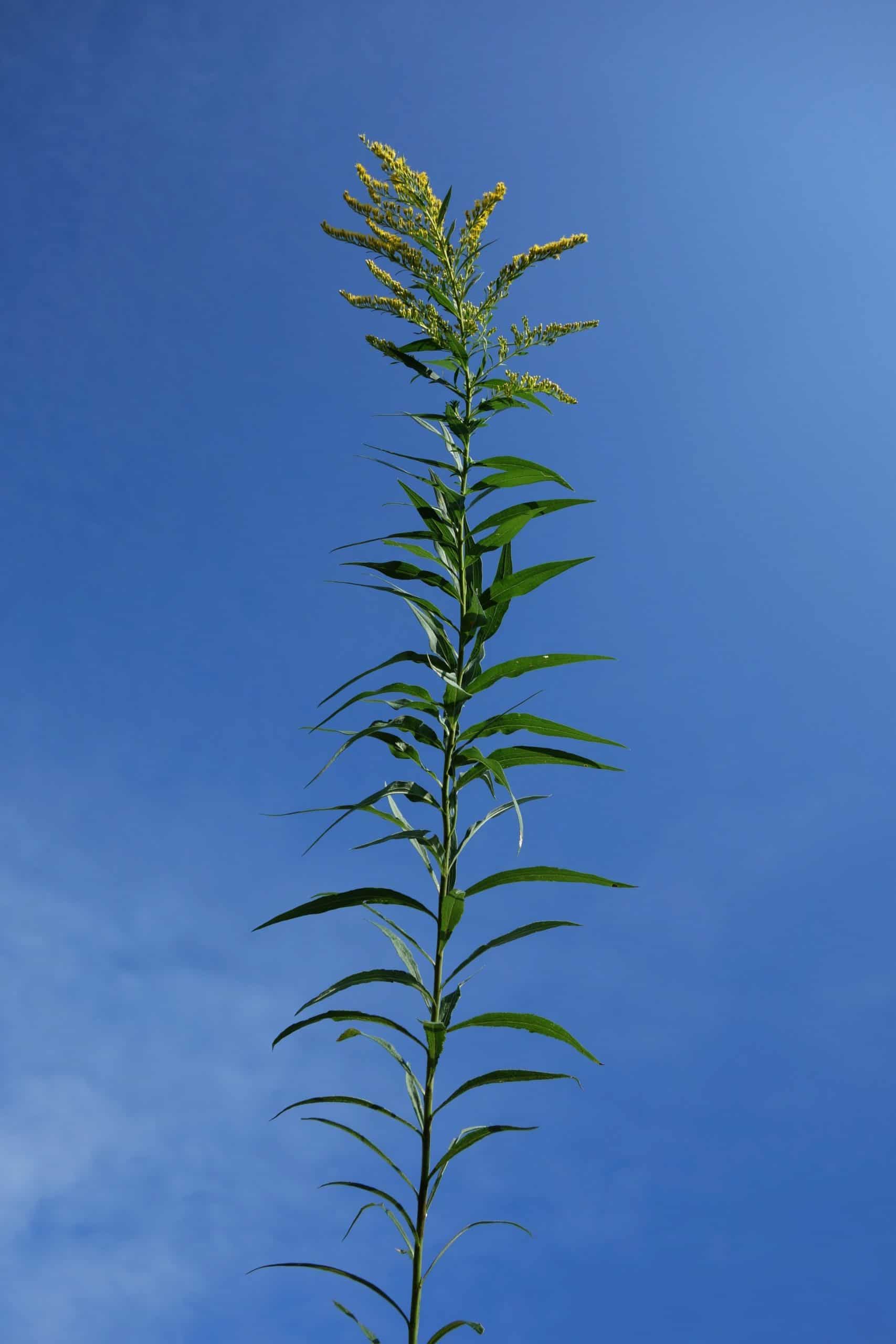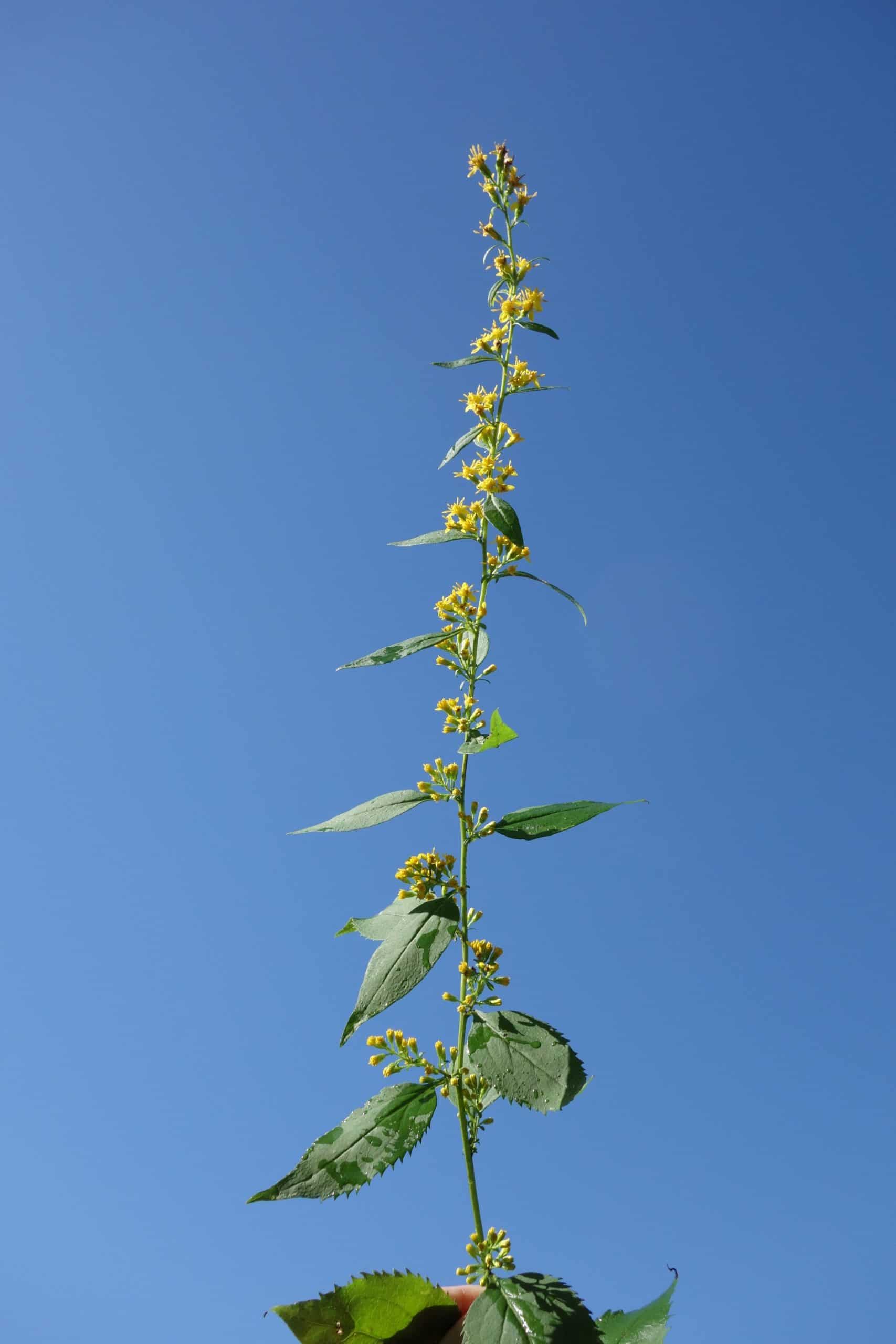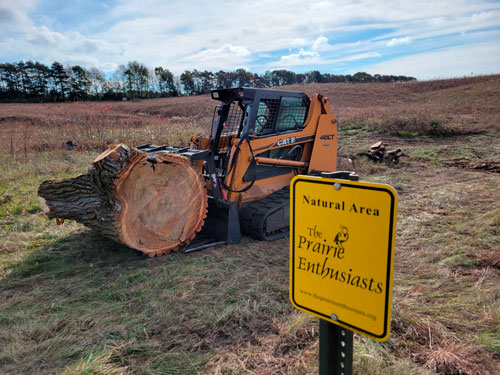
Empire-Sauk Chapter December Update
Small seeds planted lead to bigger things. At the end of June, Ian Michel, an employee from Diederich Tree Care LLC participated in a tour of Moely Prairie led by the stewardship team of Amy & Rick Chamberlin, Paul Anderson, and Brandon Mann. Apparently, Ian was impressed enough to report back to the owner of the company, Slater Diederich, that there were exciting things happening out on the prairie. Soon afterwards we were approached by Slater with an offer of a days’ worth of work pro bono to assist our efforts. After some internal discussion and meeting with Slater in person, we decided that removal of a large, declining cottonwood tree at Schluckebier Sand Prairie and a few smaller trees leaning heavily across the south boundary at Moely Prairie would fit the bill for a days’ worth of work.
Fast forward to October 27 when the crew arrived to accomplish the first phase, taking down the large Cottonwood tree at Schluckebier. Diederich Tree Care arrived with a crew of four, trucks, trailers, a brush chipper, and a skid steer for the task at hand and within a few, efficient hours had felled, limbed, and cut the tree. Not only that, they agreed to haul the trunk to two different offsite locations for use as firewood. The prairie was left in excellent shape. Phase 2 is planned for a later date at Moely. A big thank you to Diederich Tree Care LLC for their community involvement and work to improve our two precious Sauk Prairie remnants!
See the video of the Cottonwood coming down on our Facebook page.
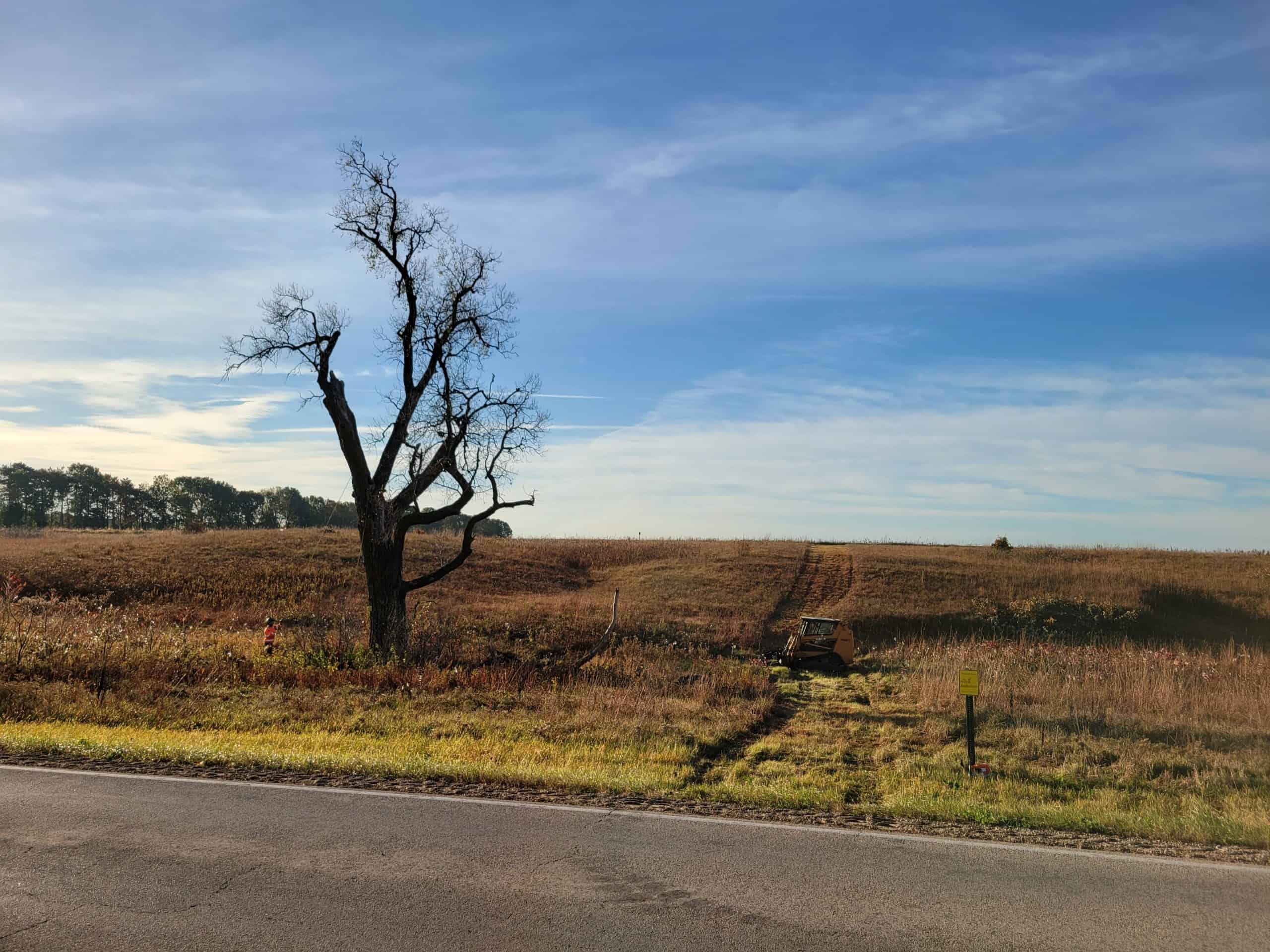
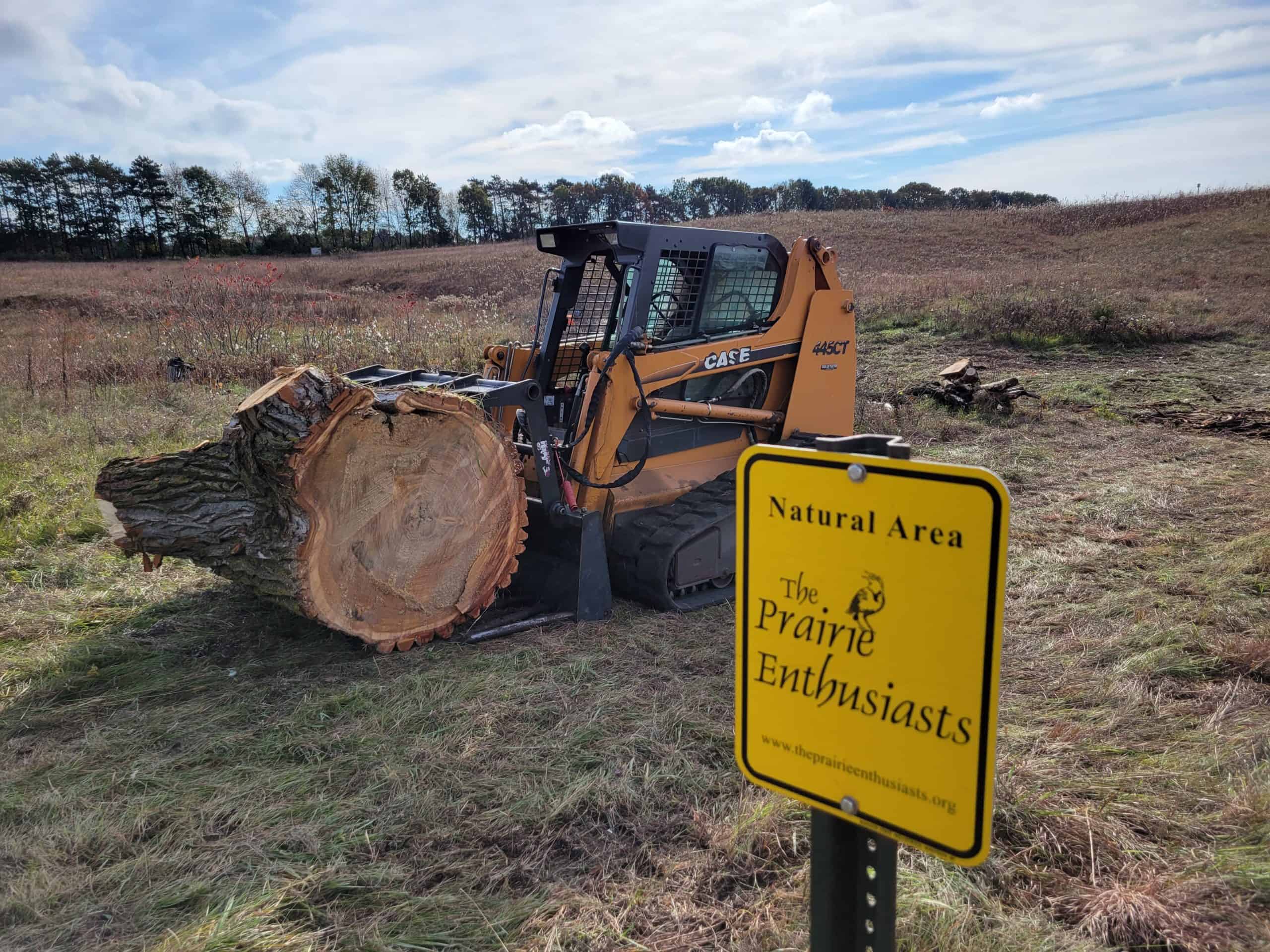
Photos by Diederich Tree Care LLC
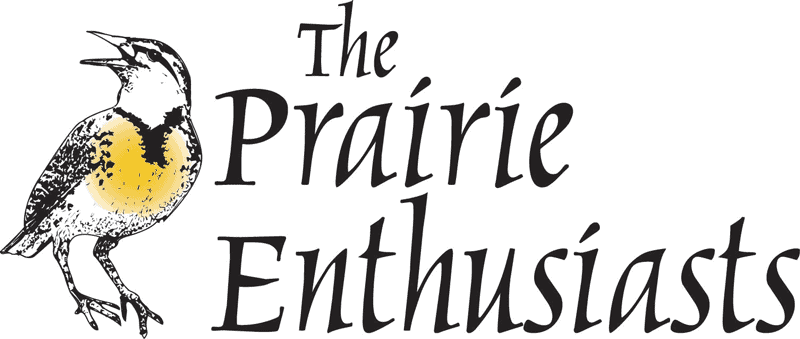
![Reaction to Wisconsin Department of Natural Resources State Natural Area [SNA] Strategy](https://theprairieenthusiasts.org/wp-content/uploads/2022/10/sna_reaction_pics.png)
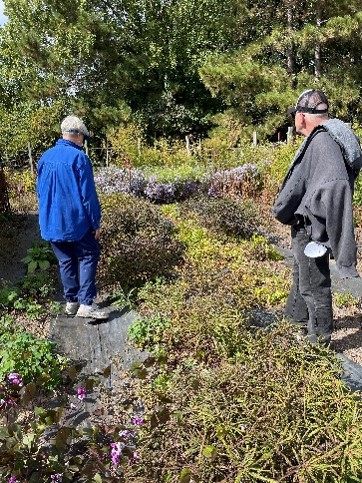
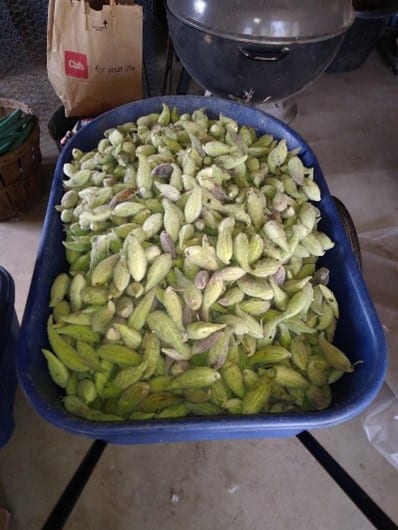
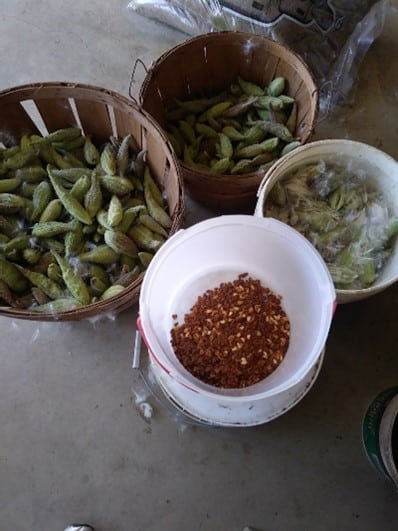
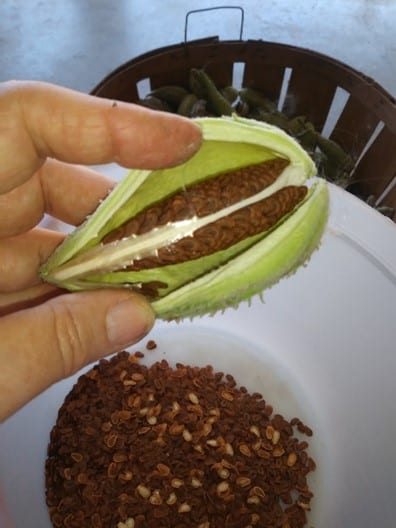
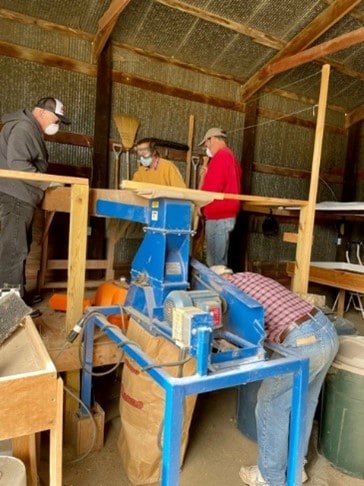
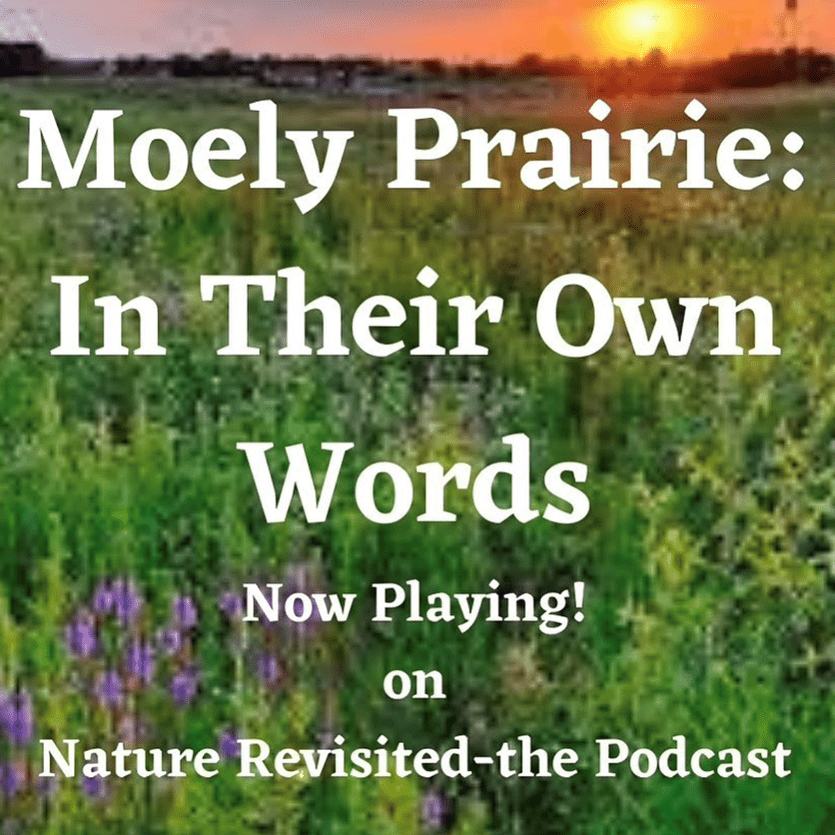
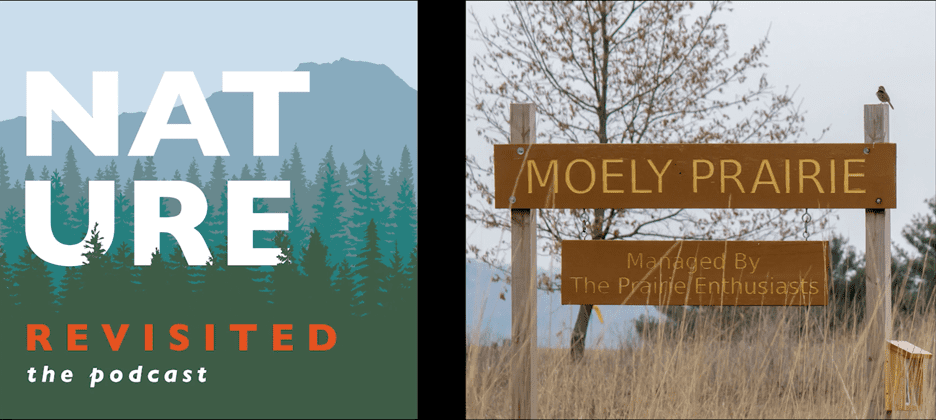
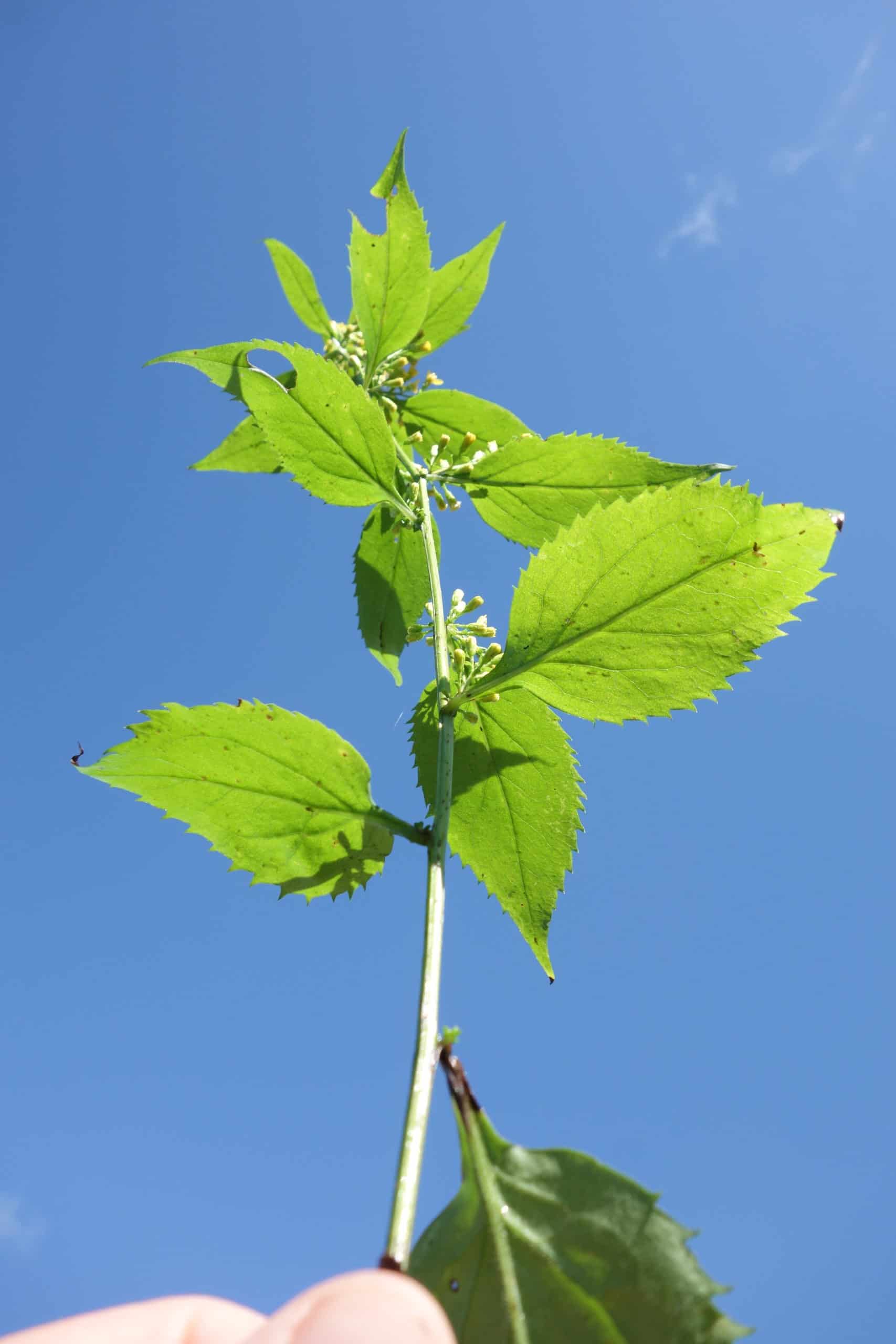
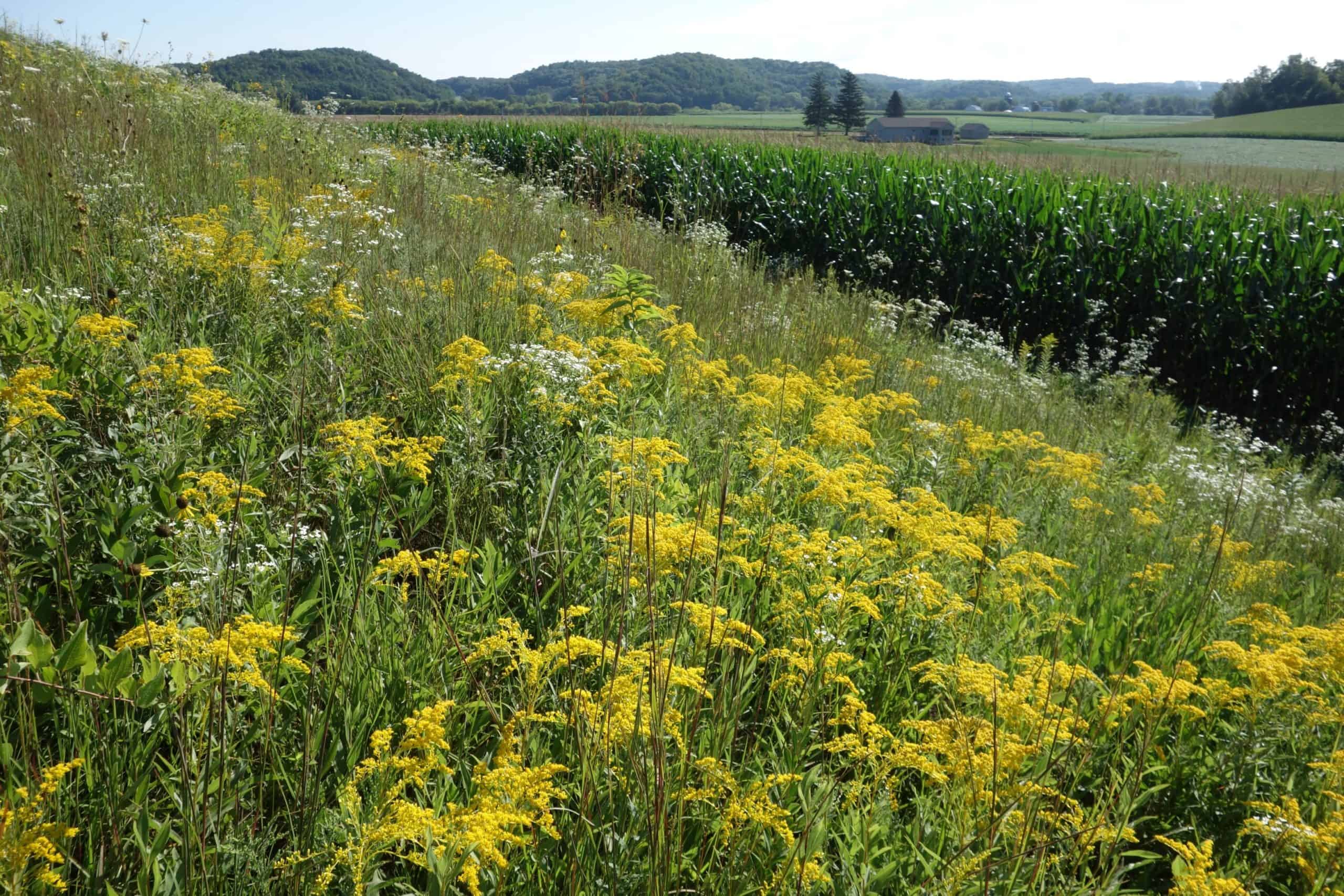 (Photo: Early goldenrod (Solidago juncea)
(Photo: Early goldenrod (Solidago juncea)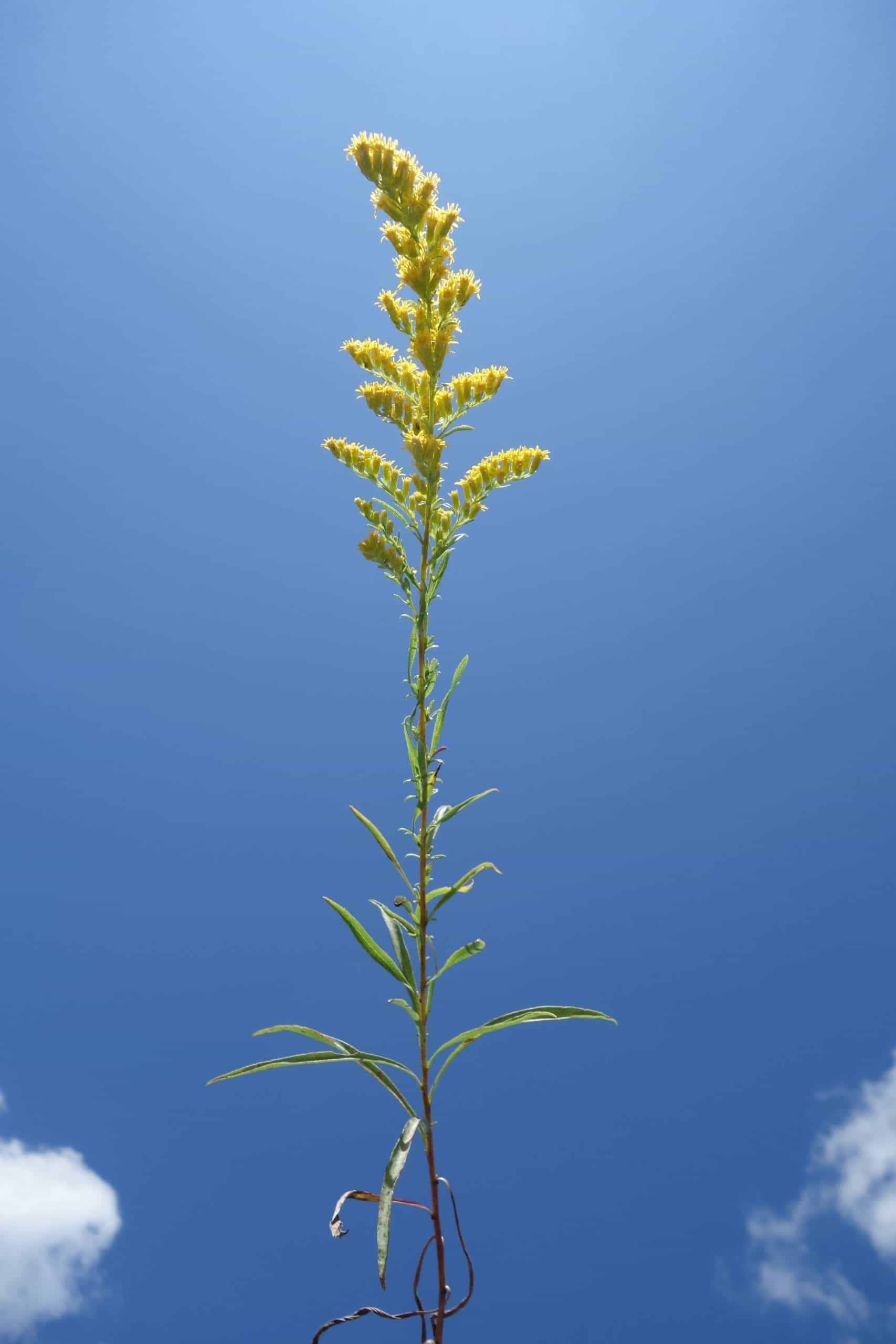 (Photo: Missouri goldenrod (Solidago missouriensis))
(Photo: Missouri goldenrod (Solidago missouriensis))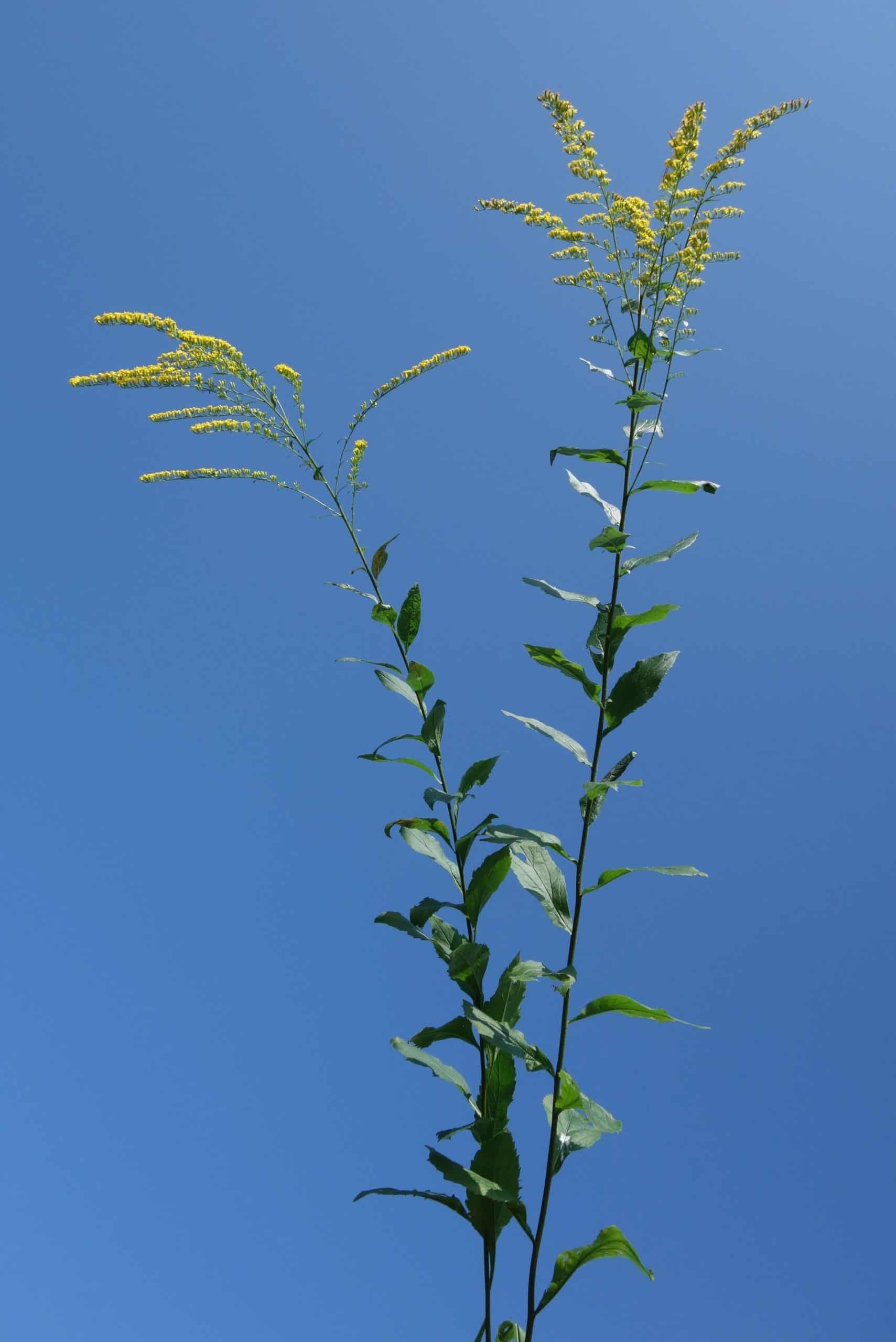 (Photo: Elm-leaved goldenrod (Solidago ulmifolia))
(Photo: Elm-leaved goldenrod (Solidago ulmifolia))